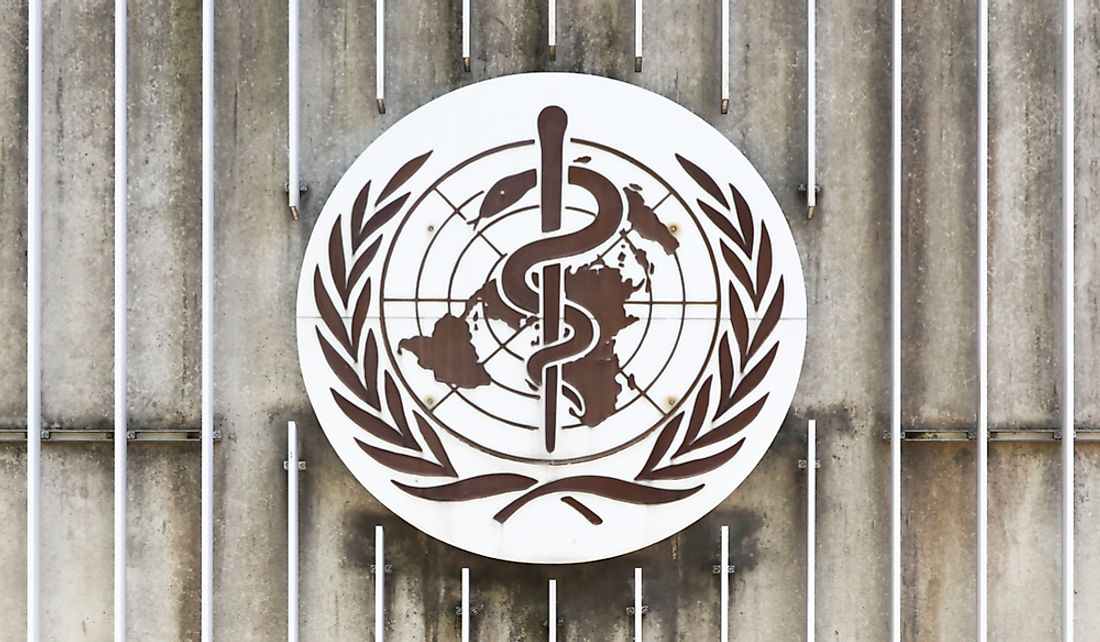What Does WHO Stand For?

WHO is an acronym that stands for the World Health Organization, which is a body of the United Nations that is tasked with matters of international public health. The body, which is part of the United Nations Development Group, was established 70 years ago on April 7, 1948. Before its establishment, the Health Organization handled the role of the WHO. Over its existence, the WHO has played a part in dealing with a number of diseases such as smallpox, HIV/AIDS, tuberculosis, malaria, Ebola, and others. The WHO, which has its headquarters in Geneva, Switzerland, also handles the World Health Report, World Health Day, and the World Health Survey.
Establishment of the WHO
The establishment of the WHO goes all the way back to the period after the end of World War II. Before the war ended, the United Nations had not been established. Instead, countries around the world had formed the League of Nations, which in turn established the Health Organization. Aside from the Health Organization, there were other health organizations as well that worked outside the purview of the Health Organization.
After World War II, at a United Nations conference in 1945, delegates from China, Norway, and Brazil came up with the idea of WHO. These delegates wanted an international organization of health under the umbrella of the United Nations. Delegates did not reach a resolution on the matter in that conference, which is why the WHO was first established through a declaration. The word “world” was used specifically to show the global status of the WHO. Eventually, all countries of the UN and an extra ten countries signed the constitution of the WHO on July 22, 1946.
WHO Organizational Structure
As stated earlier, the WHO is under the United Nations Development Group. As of 2016, the WHO had 194 member countries, which are all nations in the UN with the exception of the Cook Islands and Niue. Some countries and territories, such as Palestine, the Holy See, and Malta, are designated as observers. The organization has an Executive Board that is composed of health experts who advise the Health Assembly.
The Health Assembly is the WHO’s supreme and governing body and is based in Geneva. The assembly meets every year in May and is spearheaded by a Director-General who serves a tenure of five years. The Director-General is allowed to vote on issues to do with finance and policies as well as the budget. The assembly elects the members of the aforementioned Executive Board for a term of three years.
The operations of the WHO are further subdivided into smaller regions as per the constitution of the WHO. Most of the crucial decisions, including budgeting, are done at the regional level. A Regional Committee, whose members come from member nations, also meets annually. Each Regional Committee has a Regional Director at the helm who serves for five years.
Controversies
Over the years, the WHO has had disagreements with other international bodies. For example, the body has been involved in a disagreement with the Roman Curia health departments. The departments advise people not to use condoms while the WHO is a strong supporter of condom usage to prevent sexually transmitted infections and unwanted pregnancies.











